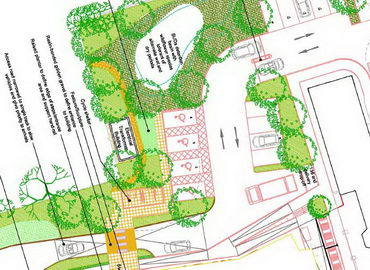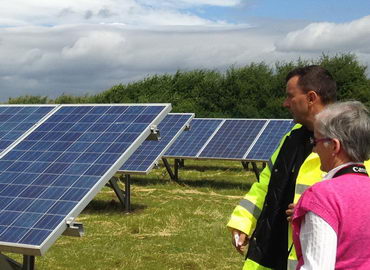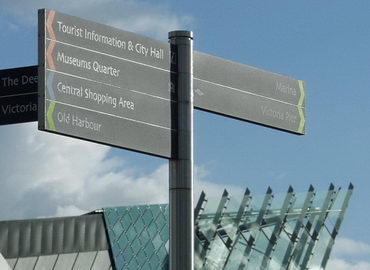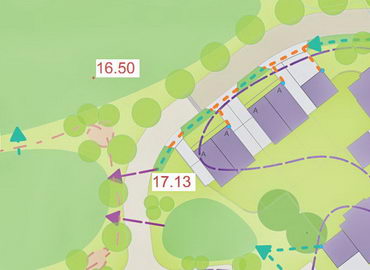What are Environmental and Landscape Assessments?
Environmental Impact Assessment (EIA) is typically required to support larger planning applications and is intended to:-
"ensure that the likely effects of new development on the environment are fully understood and taken into account before the development is allowed to go ahead."
"Assessment" means the systematic observation, recording and evaluation of the effects or impacts of a development proposal or other change (for example, climate change effects) upon a landscape or cityscape.
The product of an EIA is the Environmental Statement (ES) - the document which is finally submitted to the local authority.
The relationship between EIA and LVIA
Environmental Impact Assessments (EIA) almost invariably contain a Landscape and Visual Impact Assessment (LVIA) as one of several topics required by the EIA regulations. Other examples would include Noise and Vibration, Ecology and Cultural Heritage - all as set out in the EIA regulations.
If a full EIA is not required (that is, no significant environmental effects are anticipated) a Landscape and Visual report may still be required in support of a planning application, in which case it will usually be referred to as a Landscape and Visual Appraisal (LVA).
ZTV
This section also explains the use of Zones of Theoretical Visibility (ZTV), a computer based modelling tool, often used to support LVIA and LVA.
Why Assessment?
These techniques may be:-
- a statutory requirement (developments which may have significant environmental effects will require EIA); or:
- required as evidence to support a non-EIA planning application, to give the planning authority confidence that landscape and visual effects have been taken into account.
Why 2B?
We have been applying these techniques for over two decades and are familiar with the statutory and technical requirements.
We have been involved in the preparation of industry standard guidance (GLVIA 3).
Bill's role on the Landscape Institute's Technical Committee acknowledges our expertise in this area at a national level. Recent work includes the production of guidance on Photography and Photomontage in Landscape Assessment. Bill has acted as a speaker at LI CPD days, training other Landscape Architects using the best practice that 2B has helped to develop.






